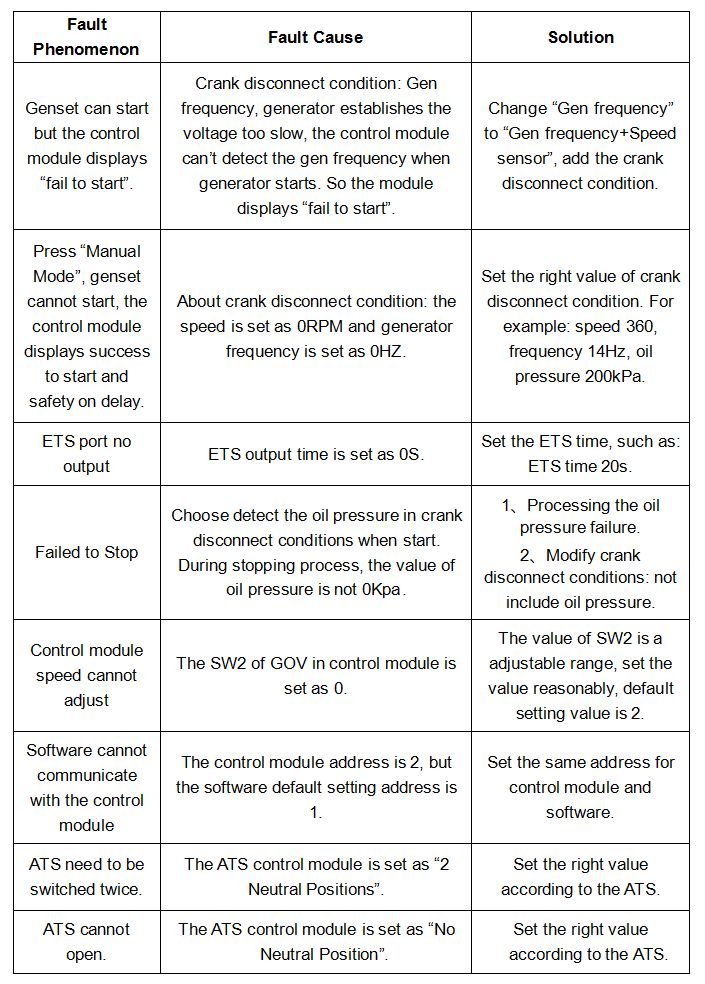Title: A Comprehensive Guide to Carpet Fibers: Types, Properties, and Uses
This article aims to provide a comprehensive guide on carpet fibers, including their types, properties, and uses. Carpet fibers are the materials that make up the carpet, and they can be made from natural or synthetic materials. Natural fibers such as wool and silk are often used in high-end carpets due to their luxurious feel and durability, while synthetic fibers like nylon and polyester are more commonly used in residential carpets due to their affordability and ease of maintenance.Each type of fiber has its own set of properties that affect its performance. For example, wool is known for its warmth and durability, while polyester is resistant to moisture and stains. Additionally, carpet fibers can be designed to perform specific tasks such as providing insulation, reducing noise, or improving indoor air quality.The uses of carpet fibers are diverse and include residential carpets, commercial carpets, automotive carpets, and even medical applications. In residential settings, carpet fibers provide comfort, warmth, and aesthetic appeal. In commercial settings, carpet fibers are used to protect floors from heavy traffic and wear. In automotive settings, carpet fibers provide sound and heat insulation. In medical applications, carpet fibers are used to create wound dressings that promote healing.In conclusion, understanding the different types, properties, and uses of carpet fibers is essential for making informed decisions when selecting carpeting for your home or business. By considering factors such as durability, comfort, and functionality, you can choose the best fiber option for your needs.
Introduction:
Carpets are an essential part of any indoor environment, providing comfort, warmth, and style. They also play a crucial role in noise reduction, insulation, and air quality. However, not all carpets are created equal. The performance and durability of a carpet depend on the type of fiber used in its construction. In this article, we will explore the various types of carpet fibers, their properties, and applications.
Section 1: Nylon Fibers
Nylon is one of the most widely used fibers in carpet manufacturing due to its strength, durability, and resistance to wear and tear. It is a synthetic fiber that is derived from polyamides (PA) and is characterized by its high tensile strength, flexibility, and moisture-wicking properties. Nylon fibers are available in different grades, such as nylon 6, nylon 66, and nylon 12.

Properties:
* Strength: Nylon fibers have a high strength-to-weight ratio, making them ideal for heavy-duty applications like industrial carpeting, automotive carpeting, and outdoor mats.
* Durability: Nylon fibers are resistant to stains, tears, and fading, making them suitable for high-traffic areas like hallways, living rooms, and dining rooms.
* Moisture-wicking: Nylon fibers absorb moisture well, which helps to keep the carpet dry and reduce the risk of mold and mildew growth.
* Easy maintenance: Nylon fibers are easy to clean and maintain, making them suitable for residential carpets.
Applications:
* Industrial carpeting: Nylon fibers are commonly used in factories, warehouses, and other industrial settings for their strength, durability, and ability to withstand heavy traffic.
* Automotive carpeting: Nylon fibers are preferred by car manufacturers for their ability to resist stains, wear, and tear in high-traffic areas like trunks, seats, and consoles.
* Outdoor mats: Nylon fibers are suitable for use in outdoor environments as they can withstand exposure to sunlight, rain, snow, and ice.
* Residential carpets: Nylon fibers are popular among homeowners for their durability, ease of maintenance, and affordability.
Section 2: Wool Fibers
Wool is a natural fiber that has been used in the manufacture of carpets for centuries due to its soft texture, thermal properties, and ability to repel dirt and water. Wool fibers are derived from sheep's wool and come in two main categories: long-stranded wool (LSW) and short-stranded wool (SW).

Properties:
* Softness: Wool fibers are known for their soft texture, which makes them comfortable to walk on and ideal for bedrooms and living rooms.
* Thermal properties: Wool fibers have good thermal insulating properties, which means they can help to regulate room temperature by absorbing heat during colder months and releasing it during warmer months. This property makes wool an excellent choice for use in bedrooms, lounges, and other living spaces where comfort is important.
* Dirt-repellent: Wool fibers have natural oils that help to repel dirt and water, making them suitable for high-traffic areas like hallways, entryways, and kitchens. This property makes wool an attractive option for families with children or pets.
* Durability: While wool fibers may be more delicate than synthetic fibers like nylon, they are still relatively durable and can withstand moderate wear and tear. However, wool carpets may require more frequent vacuuming and grooming than synthetic carpets to maintain their appearance.
Applications:
* Bedrooms and living rooms: Wool fibers are ideal for use in bedrooms and living rooms due to their softness, thermal properties, and ability to repel dirt and water. Wool carpets are also considered to be more environmentally friendly than synthetic carpets because they are a natural material that biodegrades over time.
* Dining rooms: Wool carpets are often used in dining rooms due to their elegant appearance and ability to add warmth and coziness to the space. Wool carpets are also suitable for use in home offices because they provide comfort and relaxation.
* Entryways: Wool carpets are a popular choice for entryways because of their soft texture and ability to absorb dirt and water. Wool carpets also make a great first impression when guests arrive at your home.
Section 3: Polyester Fibers
Polyester is a synthetic fiber that is derived from petroleum products. It has several advantages over natural fibers like wool when it comes to carpet construction. For example, polyester fibers are stronger
Articles related to the knowledge points of this article:
The Exploding Popularity of Down Jackets
Feather Jacket Recycling: A Sustainable Solution to Cold-Weather Apparel



